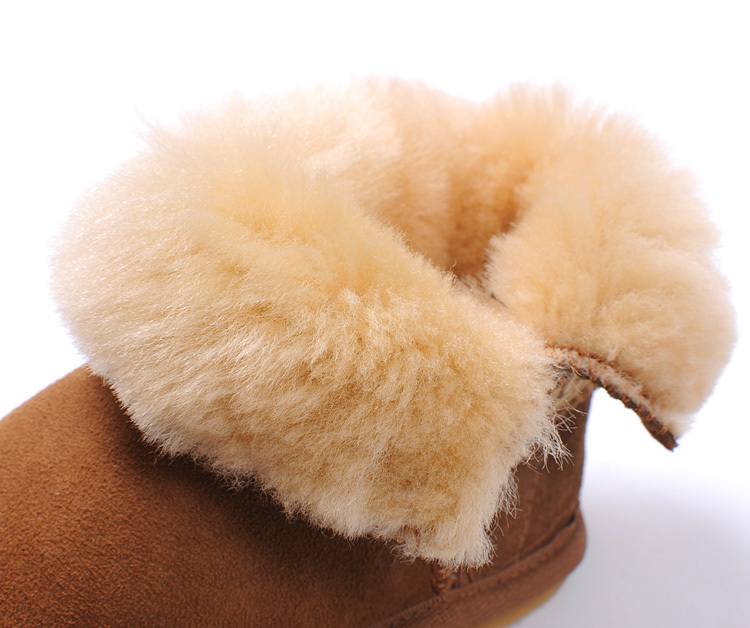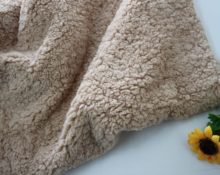Every year with the onset of cold weather, many people are puzzled by the purchase of winter shoes. And the question arises before them - which lining will be better? After all, three types of insulation are used to give the product warmth. These are sheepskin, faux fur made from natural wool and just faux fur. Each of them has its own pros and cons.
What is warmer in shoes – fur or wool?
To answer this question, you need to learn more about each of the insulation materials, as well as find out what advantages and disadvantages they have.
Properties of wool in shoes

The most popular material used in the production of shoes is sheepskin. Unlike sheepskin, which is used for clothing, the option for shoes is not as thick. Sheepskin is also very popular among buyers, because it is comfortable and has an attractive appearance, and also has a number of other advantages. This:
- Sheepskin fibers, due to their structure, create a layer of warm air. This helps ensure warmth and dryness;
- The material is completely natural and cannot cause allergies or redness on the skin. Also, sheepskin does not harbor various microorganisms that can harm human health;
- Sheepskin has anti-inflammatory properties. The substances included in its composition provide an antiseptic effect. And thanks to lanolin, which is contained in wool hairs, swelling of the lower extremities is relieved;
- Hygroscopicity. Sheepskin is quite difficult to get wet. It can remain dry even with prolonged exposure to water;
The disadvantages of sheepskin include:
- High price. This is the most expensive lining material;
- Low wear resistance. During wear, the sheepskin begins to be trampled and worn out, which is why it loses its heat-saving properties;
Properties of fur
Fur, which is used to insulate shoes, can be natural or artificial.

Artificial
This is a completely synthetic material that only imitates a natural product. It consists of a base and pile. Despite the fact that this is faux fur, it has recently become very popular among buyers. This is due to the following:
- Low cost compared to natural analogues;
- It is completely environmentally friendly;
- In appearance it is not inferior to natural products;
- It can be painted in various colors, which can serve as an excellent decoration for shoes;
- It is quite easy to care for;
However, it has a significant drawback. Since this is a synthetic material, it is airtight and the skin does not breathe in it, which leads to increased sweating.
Woolen
It consists of 80% natural wool, and the remaining 20% synthetic fiber.

Thanks to this combination, all the advantages of natural fiber are preserved, while giving it additional strength.
Wool fur has the following advantages:
- Hygroscopicity. The fiber retains moisture well;
- It allows the skin to breathe;
- Since sheepskin is used in production, the fur has some antibacterial properties, and also contains lanolin, which relaxes the leg muscles;
- Due to the presence of synthetic fiber, such products have excellent wear resistance;
- The material is very light, which reduces the weight of the products;
- Costs less than natural sheepskin;
These shoes will be an excellent option for all car enthusiasts, as they are lightweight and your feet will not sweat.
As you can see, the material has no disadvantages, so it is optimal when choosing shoes.
Whichever of the three materials is used in boots, the most important thing when buying is to pay attention to the smell of the shoes. If high-quality materials are used in production, including insulation materials, the product will not emit a strong chemical odor.


 0
0





